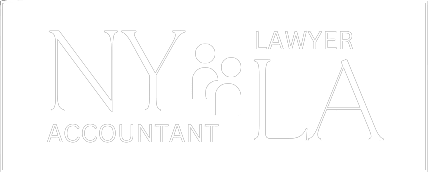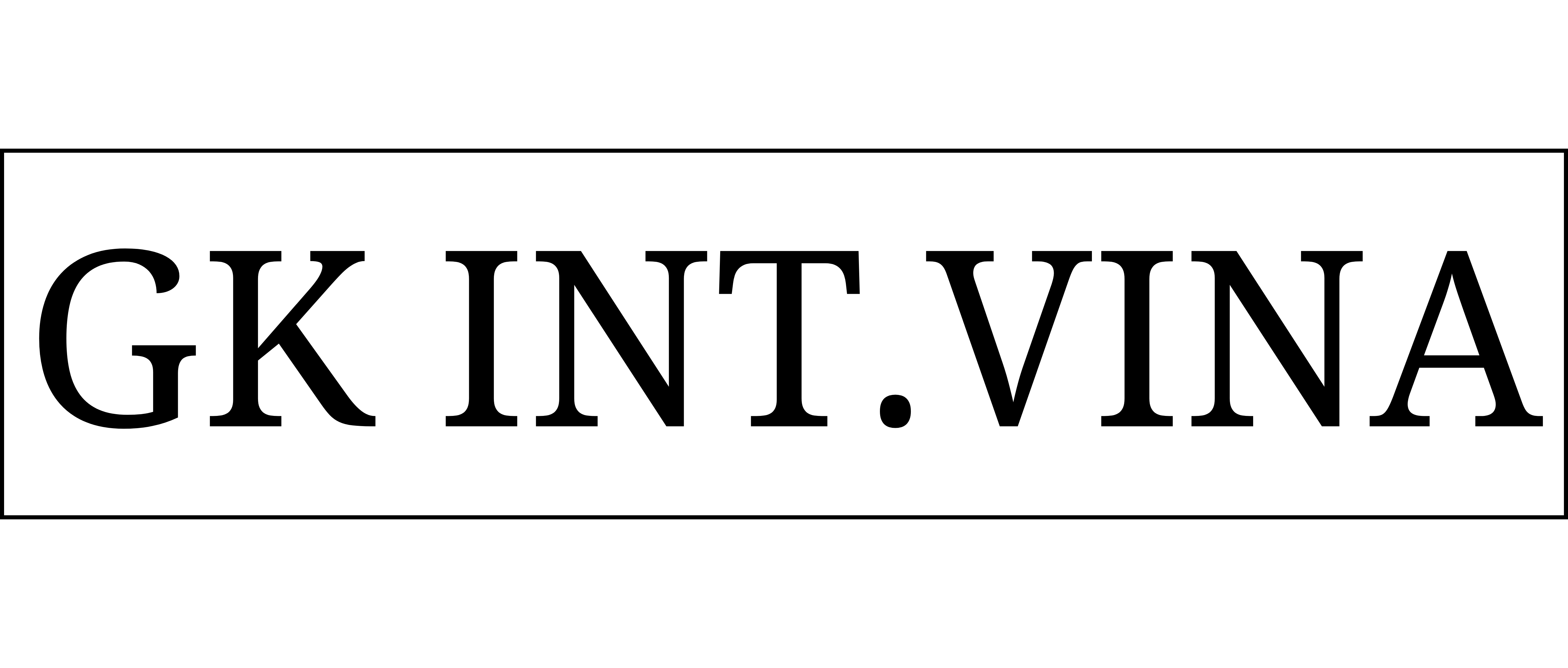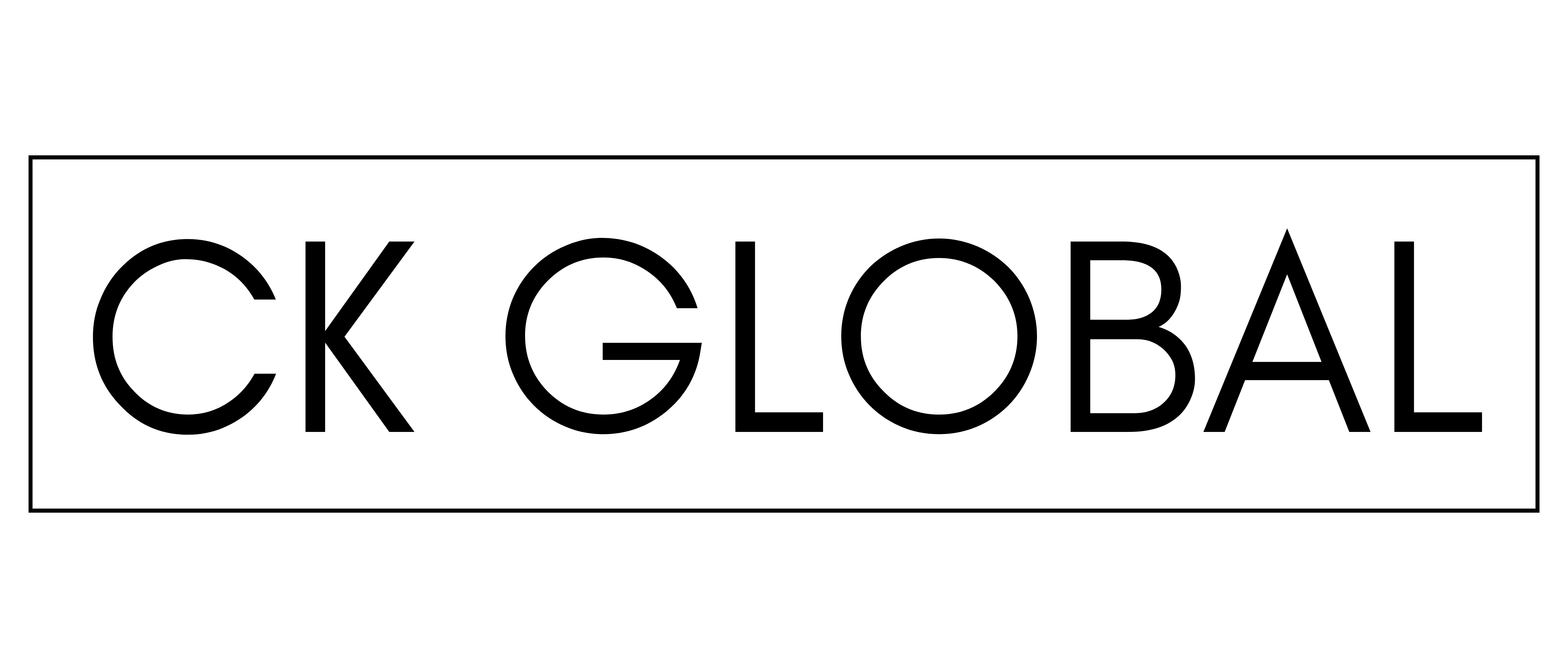Safety and Health Management Regulations are essential for creating a safe and compliant workplace. In many jurisdictions, including Korea under the Occupational Safety and Health Act, business owners are legally required to establish and maintain such regulations. These guidelines not only protect employees but also help employers avoid legal liability and improve overall productivity.
This article provides a comprehensive overview of Safety and Health Management Regulations, including their purpose, legal basis, content requirements, and implementation procedures.
Summary
- 1. What Are Safety and Health Management Regulations?
- 2. Legal Foundation of Safety and Health Management Regulations
- 3. Key Components of Safety and Health Management Regulations
- 4. When Are Safety and Health Management Regulations Required?
- 5. Procedures for Creating and Amending the Regulations
- 6. Importance of Compliance With Safety and Health Management Regulations
- 7. Responsibilities of Employers and Employees
- 8. Best Practices for Implementing Safety and Health Management Regulations
- 9. Conclusion: Why Every Business Needs Safety and Health Management Regulations
1. What Are Safety and Health Management Regulations?
Safety and Health Management Regulations refer to internal company rules designed to manage and improve workplace safety and employee health. These regulations ensure that all safety protocols, educational programs, emergency responses, and preventive measures are documented and enforced.
They serve as an operational framework that defines the responsibilities of both employers and employees in maintaining a safe and healthy work environment.
2. Legal Foundation of Safety and Health Management Regulations
In Korea, the legal foundation of Safety and Health Management Regulations is provided by the Occupational Safety and Health Act. This law mandates that business owners prepare such regulations when certain conditions are met, such as a specific number of employees or the nature of the business operations.
According to the Act, these regulations must be established in compliance with:
- The type of industry
- The number of regular employees
- Standards set by the Ministry of Employment and Labor
Failing to comply with this legal obligation may result in administrative penalties, increased accident risks, and potential reputational damage.
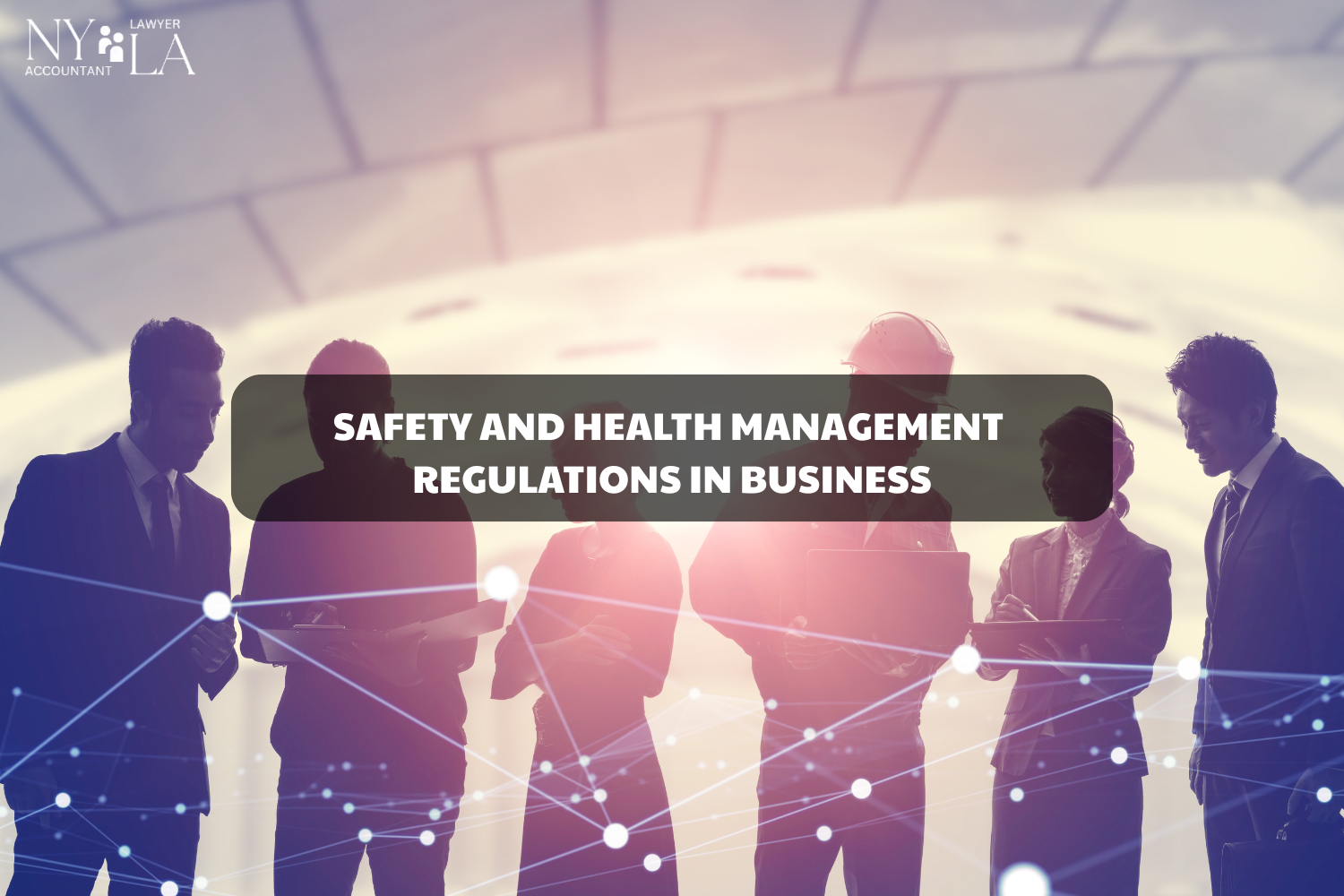
3. Key Components of Safety and Health Management Regulations
Every business’s Safety and Health Management Regulations must include specific components to be considered legally valid and operationally effective. These components are:
3.1 Safety and Health Management Organization
Defines the internal structure responsible for managing workplace safety, including roles and responsibilities.
3.2 Safety and Health Education
Outlines how safety education and training will be provided to employees, including frequency and subject matter.
3.3 Workplace Safety Management
Details procedures to identify, assess, and mitigate risks in the workplace.
3.4 Accident Investigation and Prevention
Describes how incidents will be investigated and what measures will be taken to prevent recurrence.
3.5 Other Safety and Health-Related Matters
Includes additional guidelines that support workplace health and safety, such as personal protective equipment policies and health monitoring protocols.
It is important to note that Safety and Health Management Regulations must not contradict collective agreements or employment rules. In case of conflict, the standards set by the collective agreement or rules of employment will prevail.
4. When Are Safety and Health Management Regulations Required?
The obligation to prepare Safety and Health Management Regulations depends on several factors:
- The type of business activity (e.g., manufacturing, construction, etc.)
- The number of regular employees at the place of business
The Ministry of Employment and Labor provides detailed guidelines on the threshold and scope for these regulations. For example, manufacturing businesses with more than 50 employees are typically required to establish formal safety and health rules.
5. Procedures for Creating and Amending the Regulations
Creating or updating Safety and Health Management Regulations must follow a clear and legally compliant process:
5.1 Deliberation by the Occupational Safety and Health Committee
If a company has an established Occupational Safety and Health Committee, this body must deliberate on and approve the proposed regulations.
5.2 Employee Consent (If No Committee Exists)
In the absence of such a committee, the employer must obtain written consent from the representative of the employees.
5.3 Reporting to Authorities
When submitting employment rules to labor authorities, the business owner must attach documentation indicating employee opinions or committee decisions regarding the safety and health management rules.
These procedural steps ensure transparency and promote employee engagement in safety matters.
6. Importance of Compliance With Safety and Health Management Regulations
Compliance with Safety and Health Management Regulations is not merely a legal formality. It significantly contributes to:
- Reduced workplace accidents
- Improved employee morale and retention
- Lower compensation claims and insurance costs
- Enhanced corporate reputation and trust
By following these regulations, businesses demonstrate responsibility, care, and a commitment to employee well-being.
7. Responsibilities of Employers and Employees
Once Safety and Health Management Regulations are established, both employers and employees share responsibility for enforcement:
- Employers must ensure that the regulations are implemented consistently and that safety education is provided.
- Employees are expected to understand, follow, and contribute to the improvement of workplace safety practices.
Failure to observe these responsibilities can result in disciplinary measures, legal consequences, or workplace hazards.
8. Best Practices for Implementing Safety and Health Management Regulations
To maximize the effectiveness of your Safety and Health Management Regulations, consider the following best practices:
- Regularly review and update the regulations to reflect changes in the workplace or legal requirements.
- Conduct periodic safety audits to identify risks and verify compliance.
- Provide ongoing training for employees and supervisors.
- Engage employees in developing and refining safety protocols.
9. Conclusion: Why Every Business Needs Safety and Health Management Regulations
In today’s regulatory and social environment, Safety and Health Management Regulations are more than a legal requirement—they are a cornerstone of sustainable business management. They protect lives, build trust, and drive productivity.
By implementing effective Safety and Health Management Regulations, your business can create a culture of safety, meet compliance obligations, and position itself as a responsible and forward-thinking organization.
10. About NYLA – Korean Legal Office
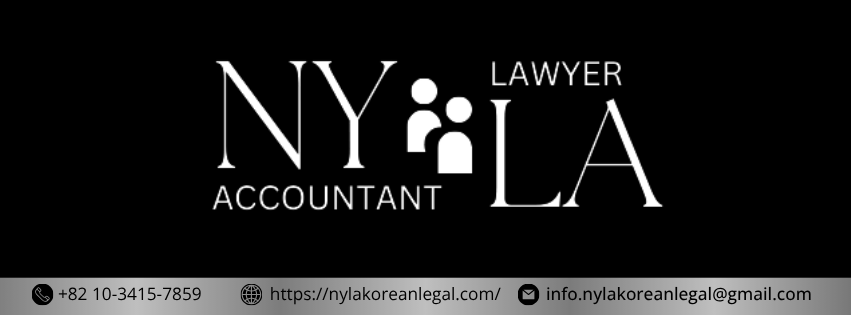
■ NYLA – Your Trusted Legal Partner in Korea
At NYLA, we understand that the success of foreign businesses in Korea requires not only a solid business strategy but also reliable legal support. With a team of experienced Korean attorneys and legal professionals, NYLA provides tailored legal services for companies, investors, and individuals operating or planning to establish a presence in Korea.
We support our clients throughout the entire business journey with comprehensive services, including:
- Legal consultation on company establishment, taxation, and immigration;
- Advice on commercial real estate, franchising, and product distribution;
- Support in human resources, marketing, and business strategy.
In addition to legal advisory, NYLA also represents clients in civil litigation cases related to business, labor, marriage, family, and inheritance to ensure their rights and interests are fully protected.
■ Contact NYLA
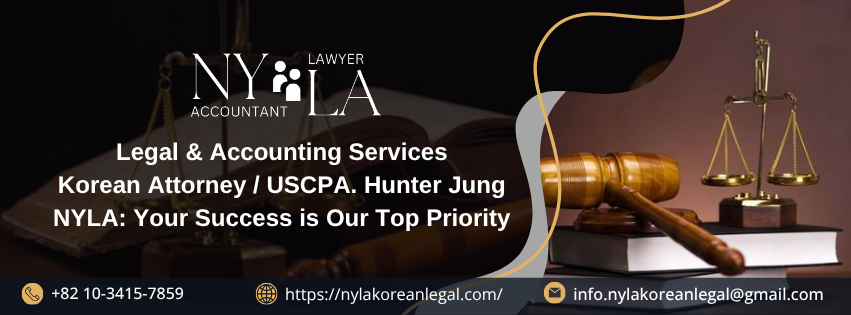
If you’re a foreign business or individual looking for a reliable legal partner in Korea, NYLA is here to help. We are committed to delivering effective, practical, and personalized legal solutions for every client.
With a proven track record of assisting hundreds of international clients, our team is equipped to help you navigate complex legal challenges—whether it’s commercial disputes, contract issues, or foreign investment guidance.
Don’t let legal matters hold you back. Let NYLA be your trusted guide in the Korean market.
■ Get in touch with NYLA for expert legal support
| Website: https://nylakoreanlegal.com/
FB: https://www.facebook.com/nyla.koreanlegal Tiktok: https://www.tiktok.com/@nylakoreanlegal Youtube: https://www.youtube.com/@NYLA-xd8qx Email: info.NYLAkoreanlegal@gmail.com SĐT: +82 10-3415-7859 |
 |
